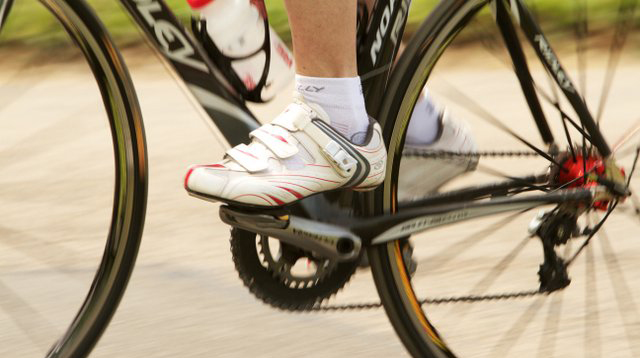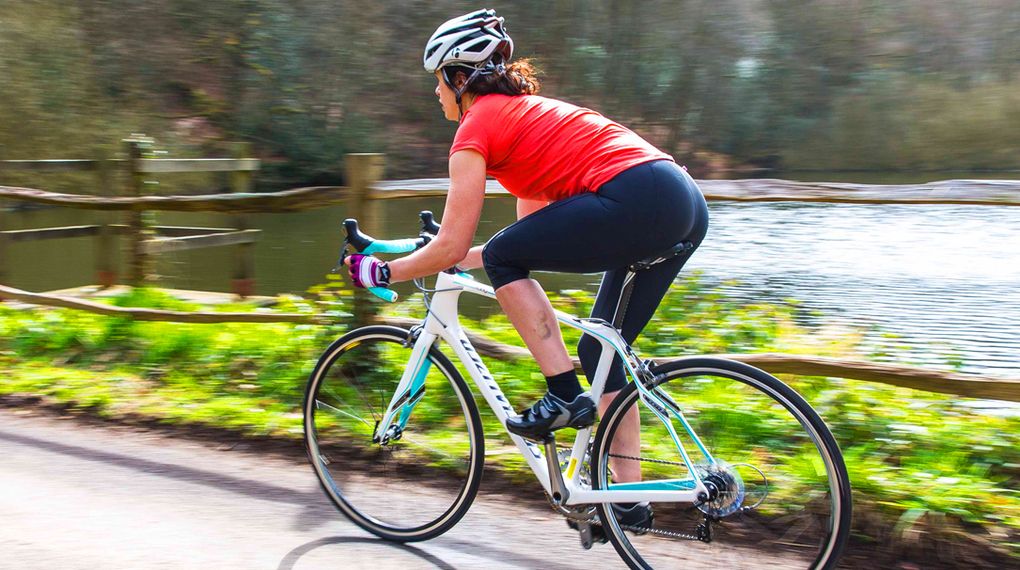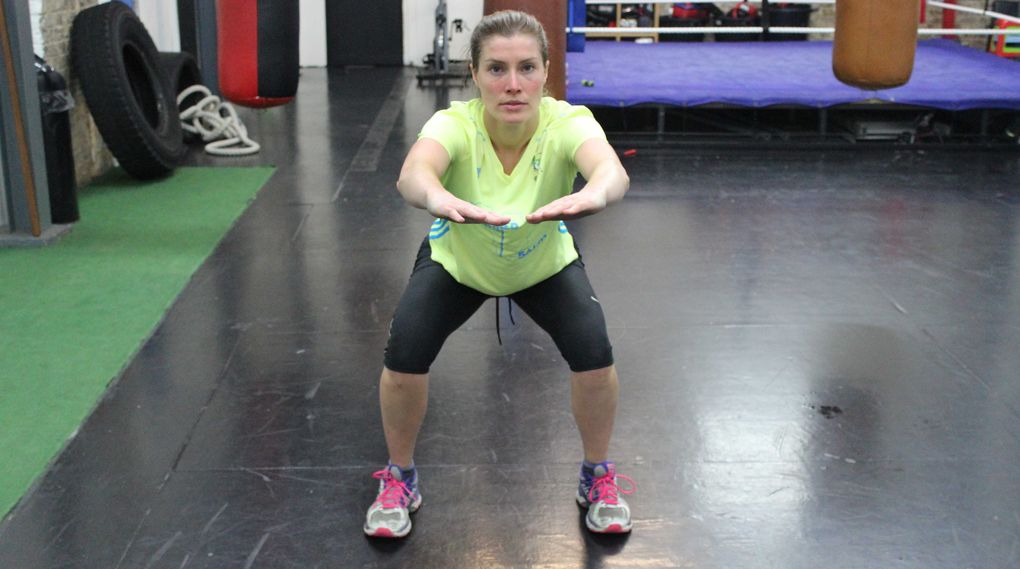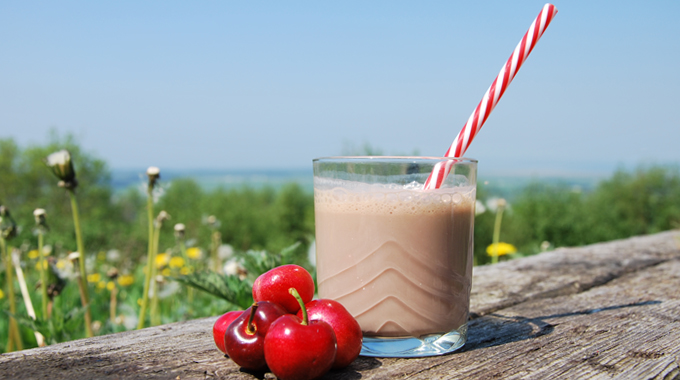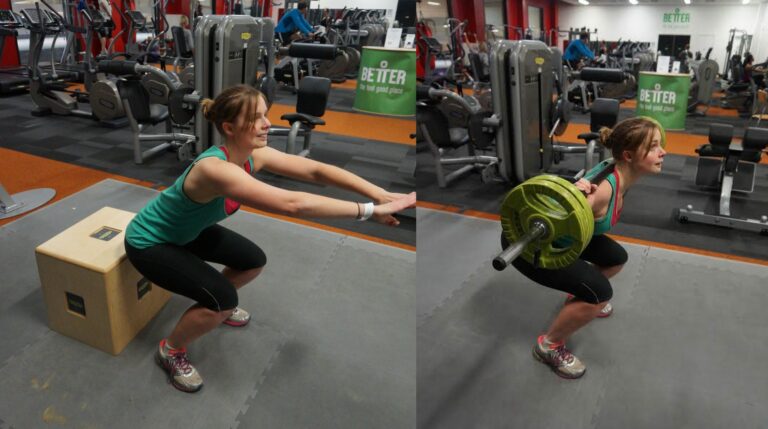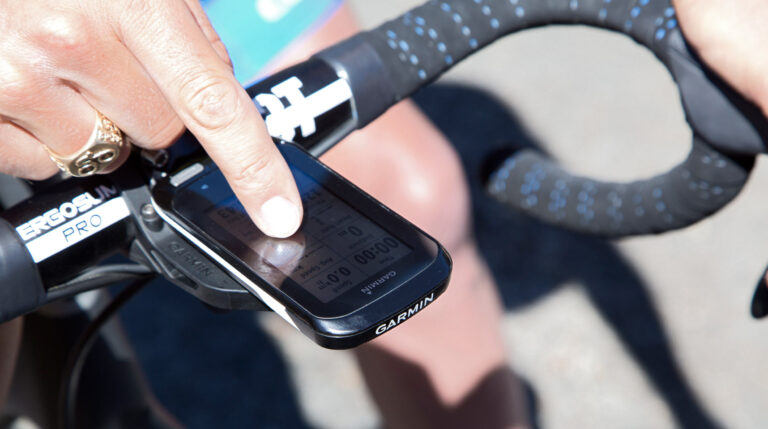Cycling involves a lot of pedalling. We all know that, but a little mathematics really hammers it home: in a one hour ride, the average person pedalling at 90 revolutions per minute will turn those pedals 5,400 times.
That’s a lot of revolutions – especially when we consider that many of us are heading out for three hour weekend jaunts. Since the pedal stroke drives the momentum that keeps us moving, it’s obvious that if we can do anything to improve our stroke, we probably should.
We spoke to Watt Bike Trainer and coach, Adam Daniel to find out if he could provide us with any advice on how to perfect our stroke. Daniel coaches riders using Watt bikes – which show the user the shape of their pedal stroke as they ride a static bike, alongside power and heart rate data. The machines, used by Olympic riders Lizzie Armitstead and Jo Rowsell Shand, are excellent for helping you to work on specific components of training – but all of his advice can be adopted without a Watt bike easily.
How Do I Do the Perfect Pedal Stroke?
Know the perfect stroke you’re aiming for
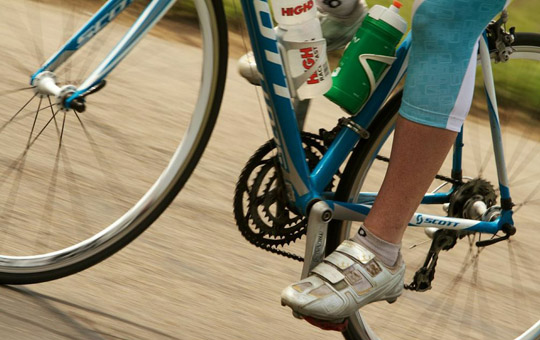
First, Daniel describes the perfect pedal stroke – saying: “Start with the right foot at the top [around 12 o’clock position], you need to push down through the front part of the stroke. As you come to the bottom [5 to 7 o’clock positons], you start to pull through, creating a drag effect along the bottom of the stroke. Then your left leg starts to push down. The key thing is creating constant force on the pedal, which means constant power.”
Explaining the benefits of this style, he said: “When you start to pull through the bottom of the stroke, you’re getting activation through the hamstrings, and the glutes – which if you’re looking to generate power, that’s where everything comes from. When you work on that ‘dragging through’ technique, you’ll generate way more power.”
Powermeters: Everything You Need to Know
Describing common mistakes, he said: “I often see people misunderstanding what effective technique looks like, a lot of people go for a push and pull type technique – stomping in the downstroke rather than keeping the movement round. And a lot of people think they need to point their toes down as they pedal – which has a negative effect on power.”

